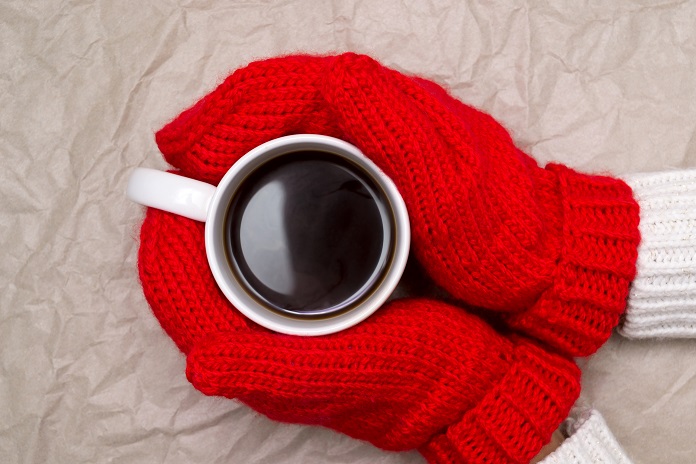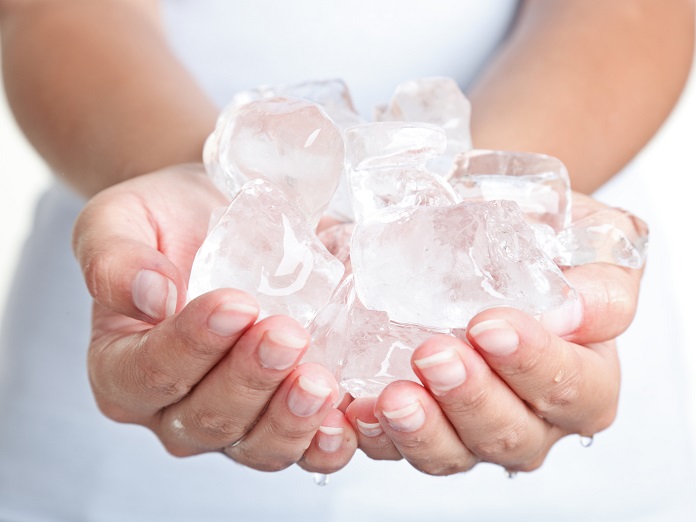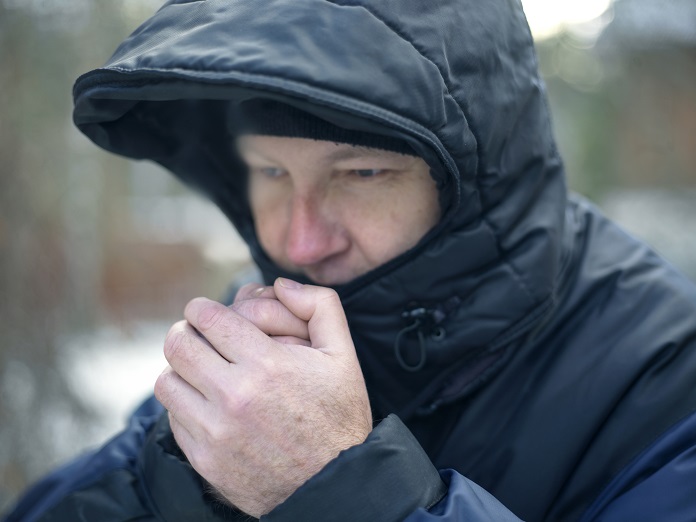Nobody likes feeling the biting cold, but if you’re suffering from Raynaud’s disease, winter can be a particularly painful season. So what is Raynaud’s disease and is there any way to prevent it?
The condition affects the hands and feet in cold temperatures, or when you’re stressed or anxious. It’s associated with reduced blood circulation to the affected areas, causing feelings of tingling and numbness and pain.
It’s more prevalent in chilly countries – it’s estimated that around 10 million people in the UK are affected – and it tends to strike women more than men. However, despite the fact it’s as common as things like hay fever or arthritis, more than three-quarters of the population have never heard of, or know nothing about the condition.
With that in mind, we spoke to Dr Faye Christopherson to find out more…

What exactly is Reynaud’s disease?
“Raynaud’s disease is a condition that temporarily constricts the blood vessels and affects your circulation,” explains Dr Christopherson.
Although often triggered by cold weather, the painful symptoms can also be brought on in the summer months by holding cold items – such as a chilled drink or an ice cream.

There are two different types of Reynaud’s: primary and secondary.
Primary is less serious, and symptoms generally tend to be mild and manageable. People experiencing secondary Raynaud’s will usually have more severe symptoms. There might also be other underlying health issues associated with it.
For many, Raynaud’s will simply be an uncomfortable inconvenience. But it’s important to know if you have the condition, as 1 in 10 people affected by Raynaud’s go on to develop an autoimmune condition like scleroderma. This causes hardening of the skin and connective tissues, sometimes affecting internal organs and blood vessels too, and can lead to serious complications.

Dr Christopherson notes: “Sometimes there’s an underlying cause for Raynaud’s disease that will need to be treated, such as an autoimmune disease or arthritis. However, in most cases, the condition doesn’t lead to serious problems.”
What are the symptoms?
One of the most telling signs of Raynaud’s is discoloration to the skin. As well as the hands, it can also affect your feet, nose, ears or nipples. Look out for the affected body part turning blue or white due to restricted blood supply before turning bright red when you return to a warm environment, or de-stress.
“Your fingers might feel very cold, or you could experience pain, numbness, tingling or stiffness,” notes Dr Christopherson. The pain can often make everyday tasks, like buttoning a jacket or unzipping a purse, very difficult.
“The symptoms usually only last a few minutes, but in some cases they can take several hours to go away,” she adds.
Should you see a doctor?
“If it’s bothering you, yes,” says Dr Christopherson. “If your quality of life is affected by Raynaud’s disease, it makes sense to see a doctor about ways to manage the condition.
“A doctor can prescribe medication that can help you manage your symptoms. They may also recommend a blood test to rule out anything more serious, such as rheumatoid arthritis or lupus.
“It’s particularly important to make an appointment if the numbness or tingling is felt only on one side of your body,” she says, “as this could be a symptom of a more serious problem.”
How can you relieve the symptoms at home?
The most important thing you can do to relieve painful repeat episodes is to learn what your triggers are and take steps to avoid or manage them.
“You can’t stop cold weather, but you can make sure your home stays warm, and wear gloves and thick socks if you’re heading out,” says Dr Christopherson. She also advises running your hands under warm water, while getting plenty of exercise will also help improve your circulation.
“If stress or anxiety is your trigger, try yoga or other relaxation techniques, and try not to drink too much caffeine,” says Dr Christopherson, “as this is a stimulant that might aggravate your symptoms. Finally,” she adds, “if you smoke, you should quit. Cigarettes have a terrible impact on your circulation, alongside all the other negative health issues they cause.”
Can you prevent Raynaud’s disease?
There is no way to prevent Raynaud’s disease, but you can help manage attacks.
Firstly, keep warm and avoid dramatic changes in temperature. You lose a lot of heat through your head, so wear a hat. Gloves and socks will also help keep your extremities warm.
Avoid air conditioning in warm weather. For the same reasons as above – the change in temperature is likely to bring on your symptoms.
Certain medicines can bring on attacks. These are medicines that cause the blood vessel to narrow, including beta-blockers, cold preparations, caffeine, narcotics, some migraine headache medications, and some chemotherapy drugs. Talk to your doctor before starting any new medicines. Do not stop any medicines you are taking without talking to your doctor first.
Regular exercise and maintaining a healthy weight can also help prevent your symptoms from flaring up as often.
For more information, visit Scleroderma & Raynaud’s UK.
You may also be interested in…































































